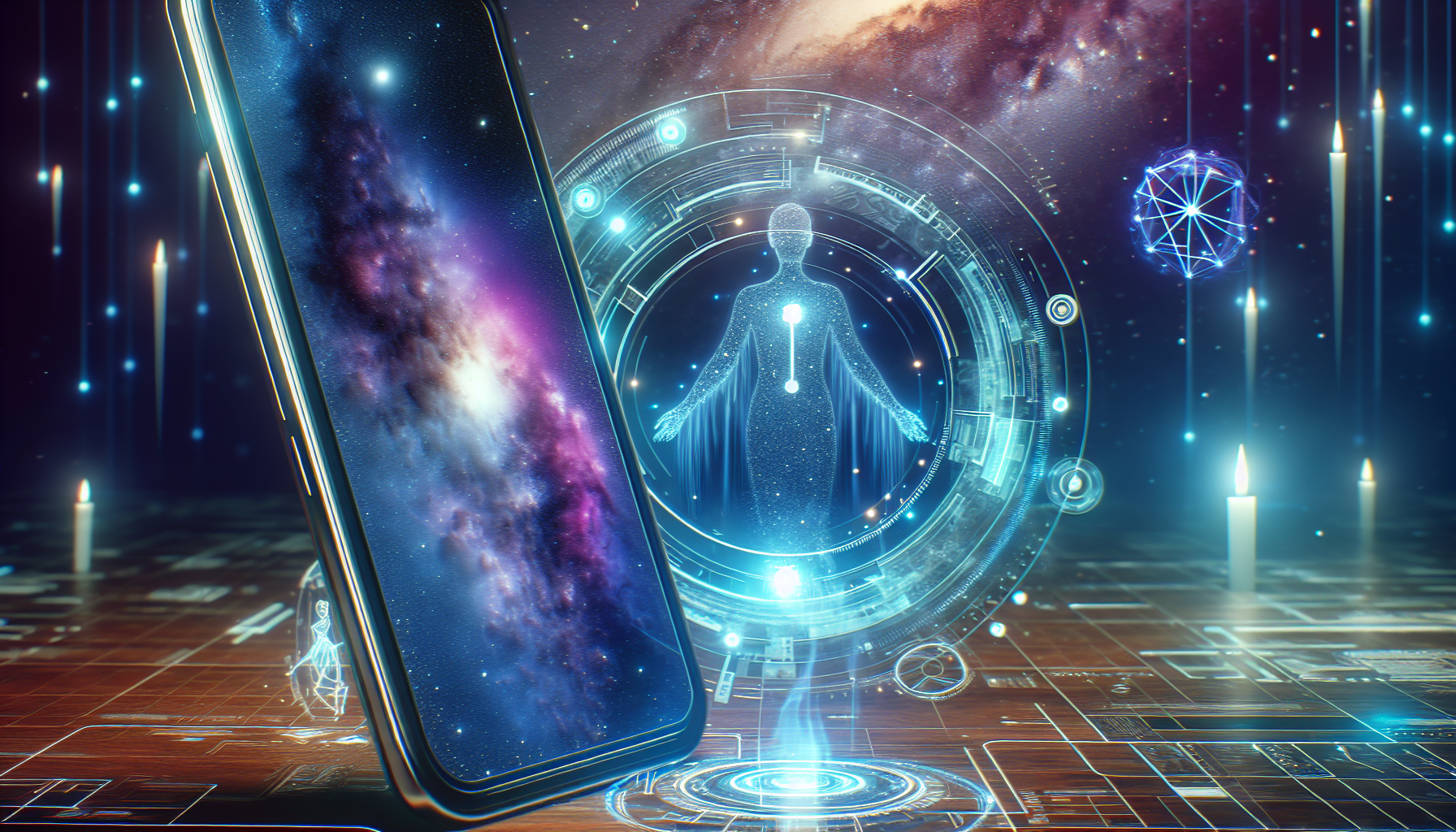In a world where technology continually reshapes our environments and experiences, it is not surprising that innovations are now venturing into the realms of the metaphysical. A burgeoning field known as Afterlife Exploration Technologies (AET) is emerging, offering novel ways to explore and connect with the afterlife, ultimately enhancing spiritual understanding and addressing humanity's age-old questions about what lies beyond.
At the core of these technologies is the desire to bridge the gap between the physical and spiritual worlds. This pursuit has led to the development of devices and platforms that leverage advancements in artificial intelligence, virtual reality, and quantum computing to simulate and interact with concepts traditionally rooted in spirituality and mysticism. These technologies are not about proving the existence of an afterlife in a scientific sense but rather providing frameworks wherein individuals feel a connection to what may lie beyond.
Virtual reality (VR) is a significant player in this exploration. Immersive VR experiences allow users to enter environments that represent historical and cultural interpretations of the afterlife, from the serene landscapes of Edenic paradises to the vibrantly complex underworlds found in mythology. These experiences enable individuals to explore and understand different cultural visions of the afterlife in a personal and interactive way, promoting a broader spiritual appreciation and empathy.
AI-driven platforms are also contributing to this exploration by facilitating communication avenues with digital representations of deceased individuals. By utilizing extensive data that people leave behind—such as social media interactions, emails, and digital correspondence—these platforms create sophisticated AI personas that can simulate conversations, offering users a sense of connection, comfort, and closure with lost loved ones. While ethical considerations abound, these technologies can provide significant emotional and psychological benefits for those dealing with grief.
Furthermore, quantum computing enters the fray as researchers explore its potential to simulate complex metaphysical and existential phenomena. While still in its infancy, the potential for quantum computers to process and model realities beyond our traditional three-dimensional understanding opens up new theoretical discussions about consciousness and existence, potentially unraveling mysteries about the nature of life and death.
The impact on spiritual understanding is multifaceted. On one hand, these technologies can enhance traditional religious practices by providing believers with tools to deepen their faith and understanding of their spiritual doctrines. On the other hand, they offer secular individuals new perspectives on life after death, often leading to personal revelations and a greater appreciation of life.
Critics of Afterlife Exploration Technologies point to ethical and philosophical concerns, arguing that such technologies might commercialize and trivialize the sacred nature of spiritual experiences. The fear of technology overstepping its bounds is valid, urging developers and users to approach these tools with reflection and responsibility.
Despite these challenges, the field of AET is poised to revolutionize how we think about life, death, and spirituality. It invites a collaborative dialogue between technologists, spiritual leaders, and philosophers to ensure that the integration of these tools supports rather than detracts from humanity's quest for meaning.
As technology continues to advance, its role in our spiritual lives is likely to grow, pushing the boundaries of what it means to connect with the afterlife. Whether these advancements lead to profound answers or more compelling questions, one thing is certain: the exploration of the afterlife through technology is redefining our understanding of existence itself.
